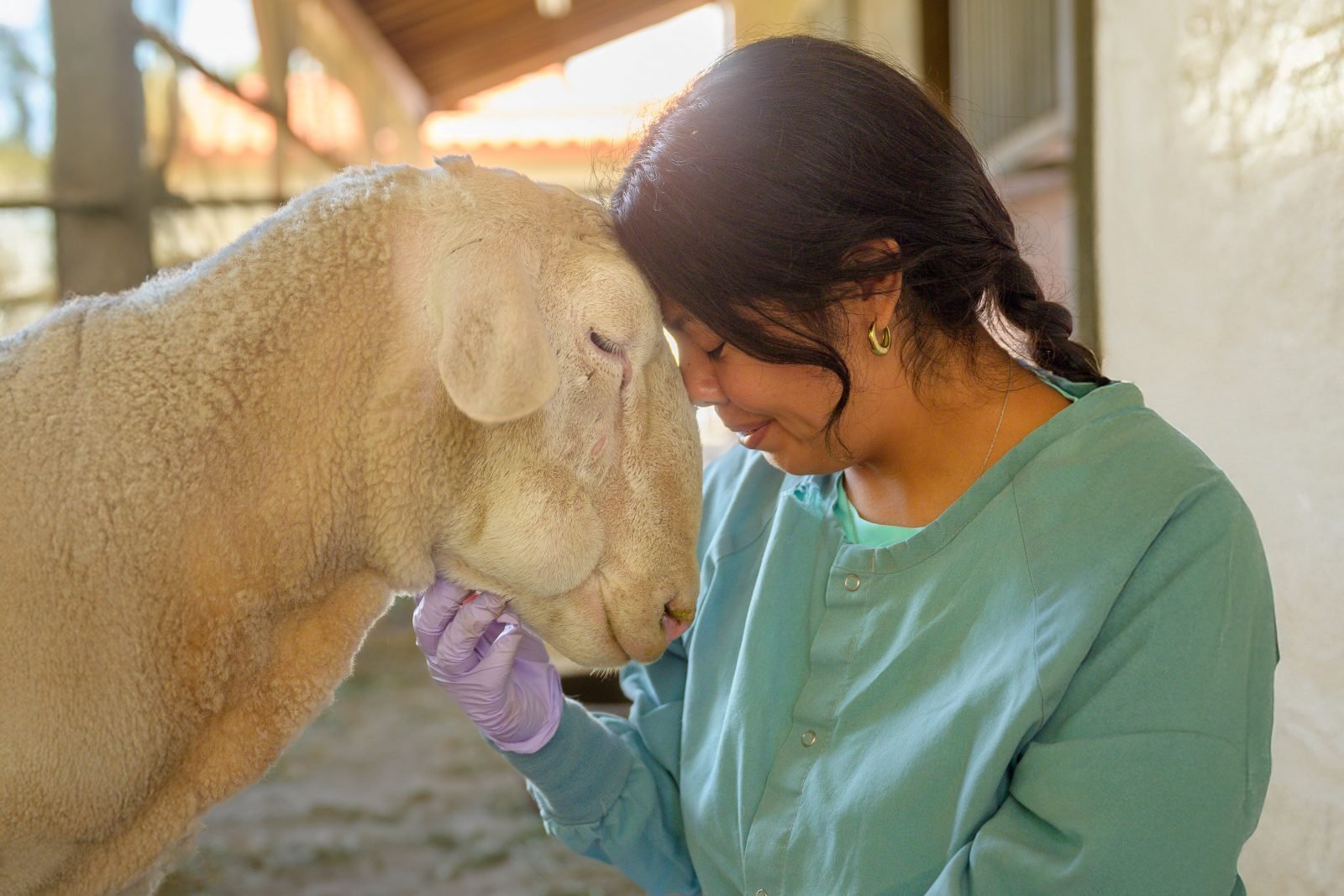A few weeks earlier, we had been contacted by Animal Place, a rescue organization in Grass Valley, California, as they were preparing to rescue about 3,000 “spent” hens scheduled to be gassed to death at an egg factory.
All chickens used in industrial egg production are gassed or slaughtered once their productivity declines at about two years old. These particular hens had been kept in battery cages, the most common egg production method in the United States. Their tiny wire cages were stacked several rows high inside giant, dusty sheds that reeked of ammonia. Within the sheds, the birds were crowded together so tightly that they couldn’t even stretch a wing. The wire floors of the cages dug into their feet and allowed the feces of the hens above to fall on those below. Every day was torment for these hens, but relief was in sight.
Thanks to an anonymous donor, 1,150 of the rescued hens were flown 3,000 miles to refuge. Our staff and volunteers sprang into action as soon as the plane landed. We rushed the birds to our New York Shelter, where we had converted a building into a barn for the main flock and made space in our Rescue and Rehabilitation Barn for any hens who needed special care. Fresh water and nourishing food awaited the hens when they arrived, and many eagerly helped themselves. Others, who were weak from the long trip and clearly more dehydrated, were given fluids to help them recover.
The hens came to us with a slew of health problems common in chickens from industrial egg farms, including lice infestations, respiratory ailments, prolapses from laying so many large eggs, impacted oviducts, peritoneal fluids, pus-filled cysts, bumblefoot infections, and mangled toes, which probably occurred when their extremely long nails became caught in the cage wire. Not only were these chickens miserably overcrowded and frustrated at the egg factory, but they also endured weeks or months with these painful, untreated ailments as parasites crawled all over their bodies.
We spent a very long first day performing examinations, treating injuries, dusting for lice, and trimming their overgrown nails. Over the next two days, groups of the healthiest hens were transported to shelters in Ohio, Michigan, and upstate New York, while our staff members continued to conduct health checks and administer treatments. Caretakers were stiff, sore, and exhausted by the end of day three, but they were overjoyed to see these hens happy, safe, and comfortable at last.







